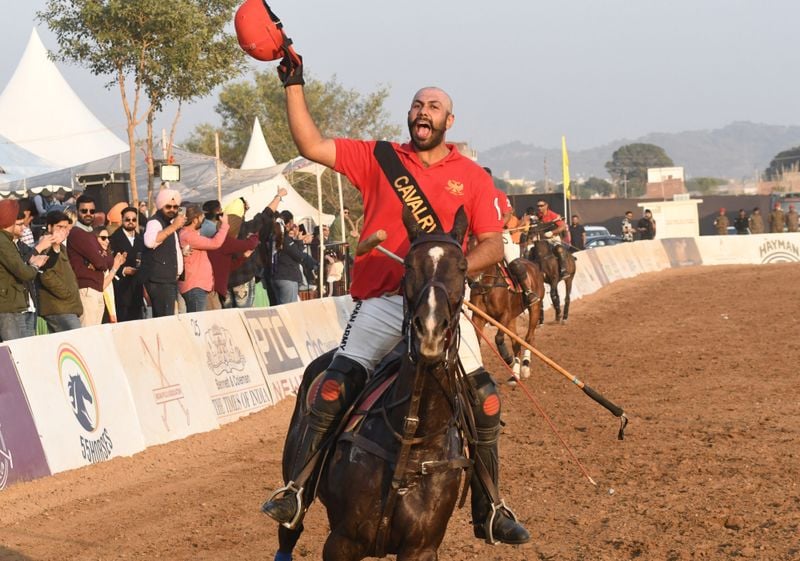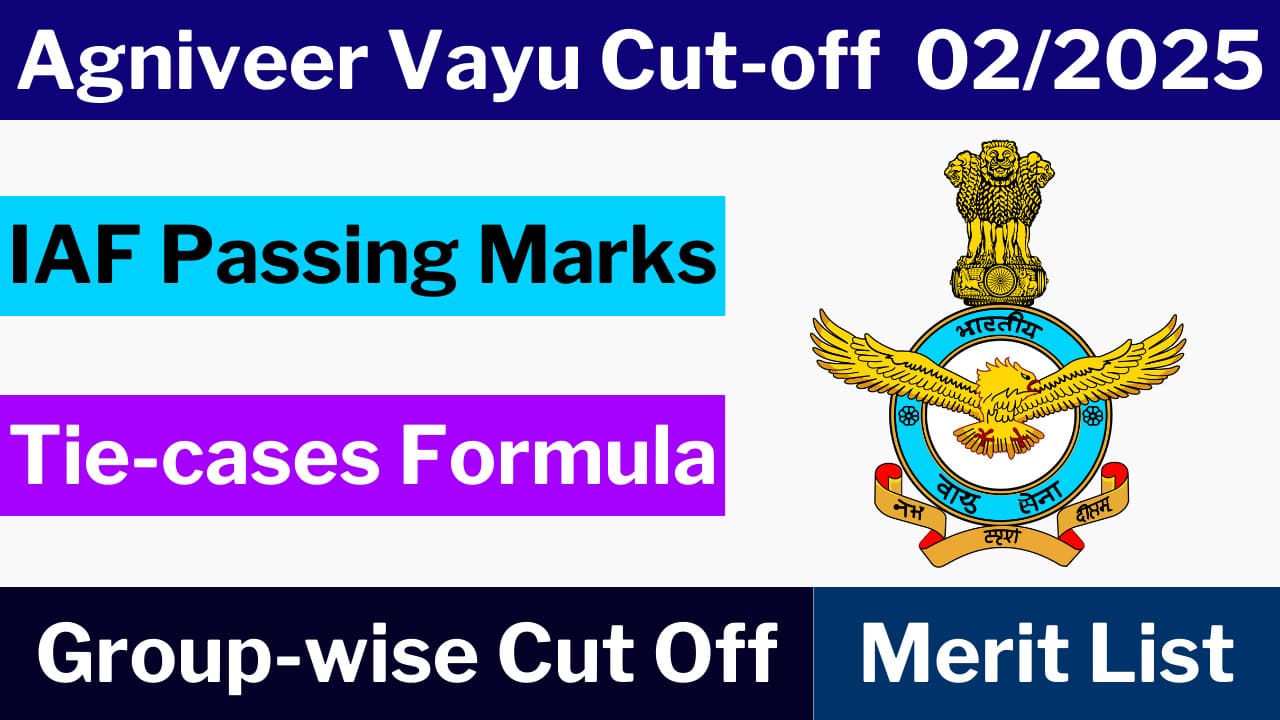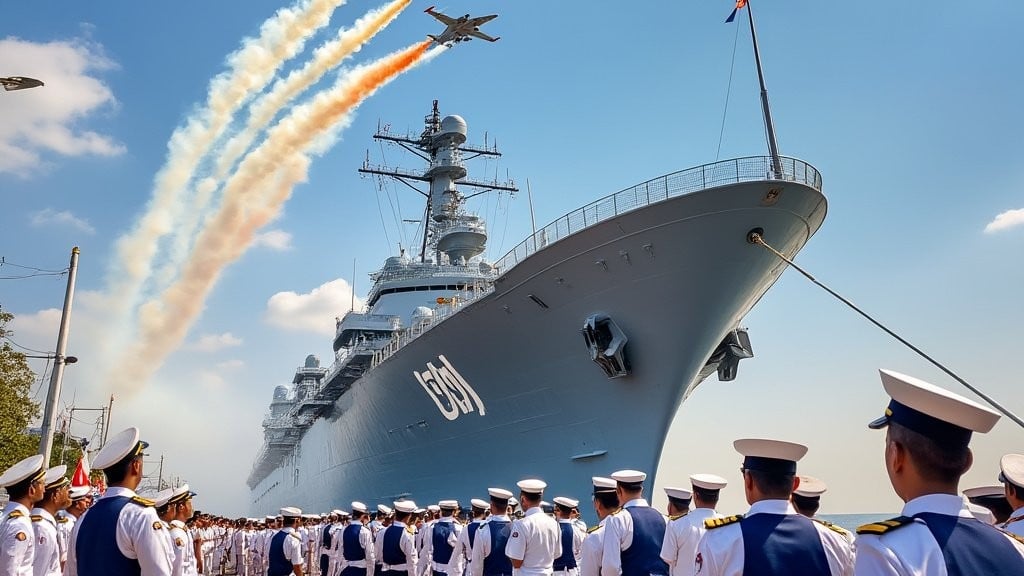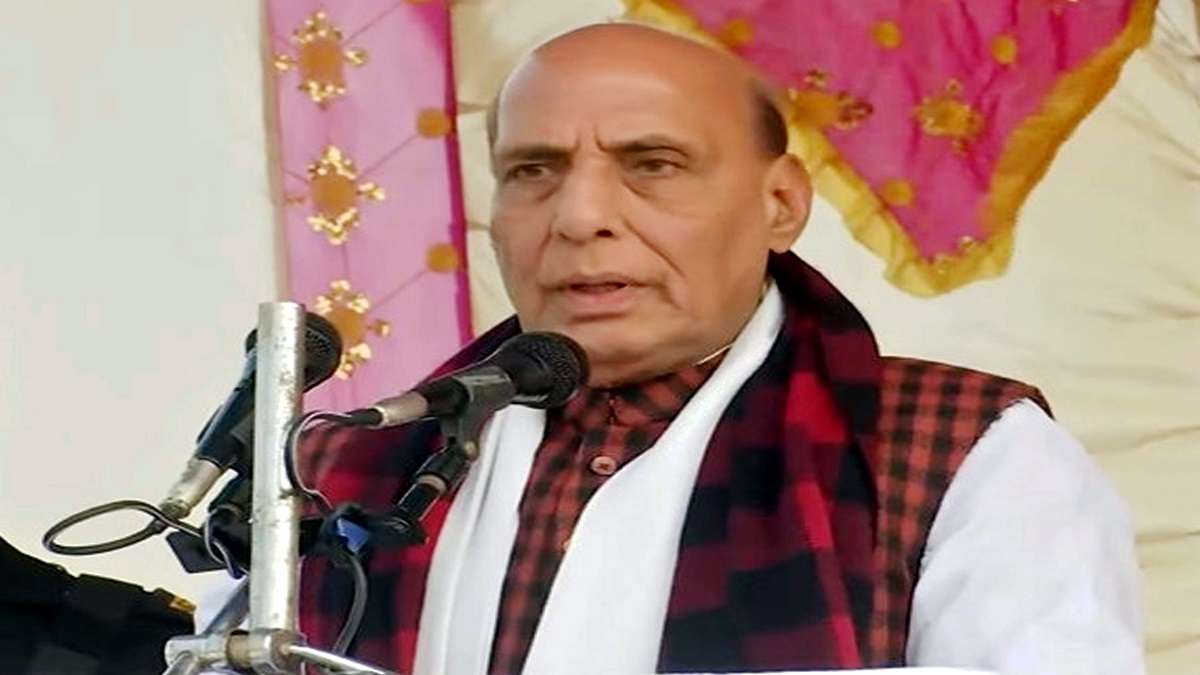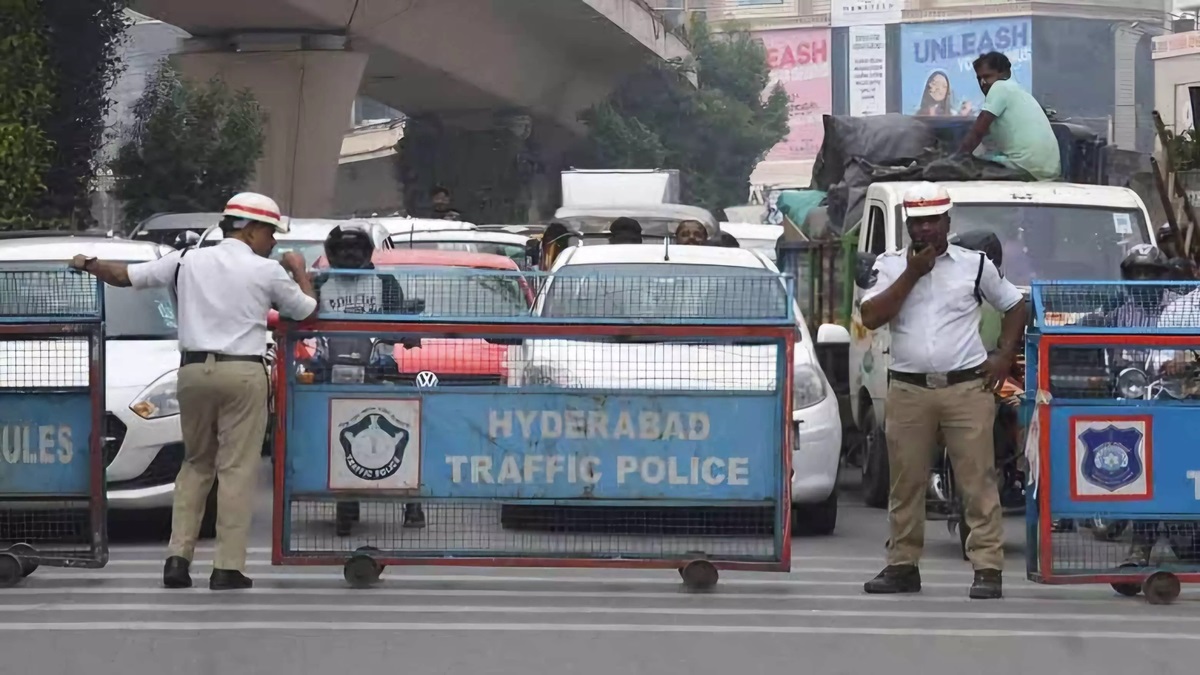61 Cavalry Clinches Victory in Maharaja Ranjit Singh National Polo Tournament
The Maharaja Ranjit Singh National Polo Tournament concluded today at the Chandigarh Polo Club, with 61 Cavalry securing the championship…
IAF Agniveer Vayu Cut Off 2025: Expected Marks and Selection Process Overview
The Indian Air Force (IAF) is preparing to announce the Agniveer Vayu Cut Off for the 2025 intake, coinciding with…
Indian Navy Invites Applications for 10+2 B Tech Cadet Entry Scheme for Permanent Commissioned Officers
The Indian Navy has announced an opportunity for aspiring candidates to apply for recruitment as Permanent Commissioned Officers in the…
Rajnath Singh to Visit Russia from December 8-10 for Military Cooperation Talks and INS Tushil Commissioning
Defence Minister Rajnath Singh is set to embark on an important visit to the Russian Federation from December 8 to…
Hyderabad Police Issues Traffic Advisory Ahead of Indian Air Force Air Show
As the Indian Air Force prepares for an exciting air show this Sunday, the Hyderabad Police have released a detailed…
Seminar Celebrates Punjab’s Contribution to Nation-Building and Indian Army
Chandimandir military station recently hosted a seminar aimed at exploring Punjab's significant role in nation-building and its contributions to the…

